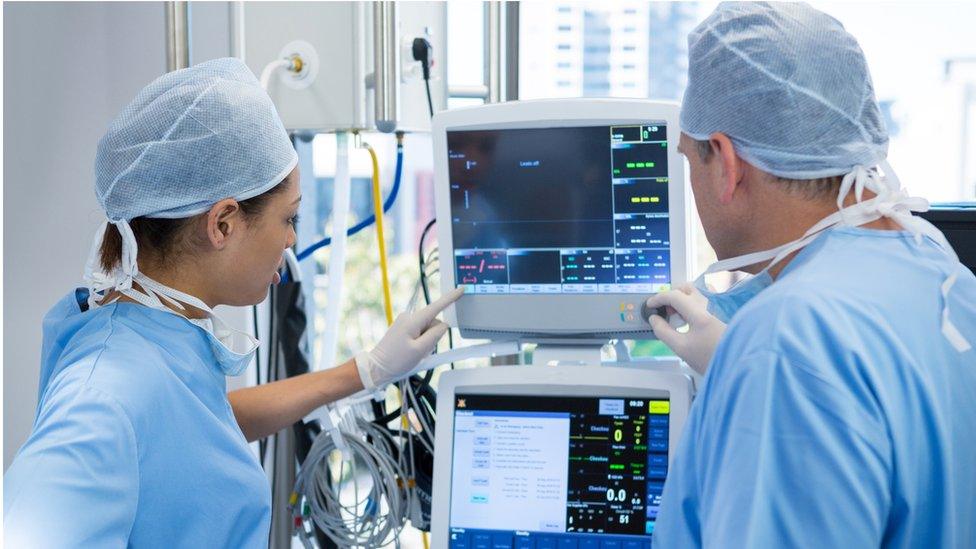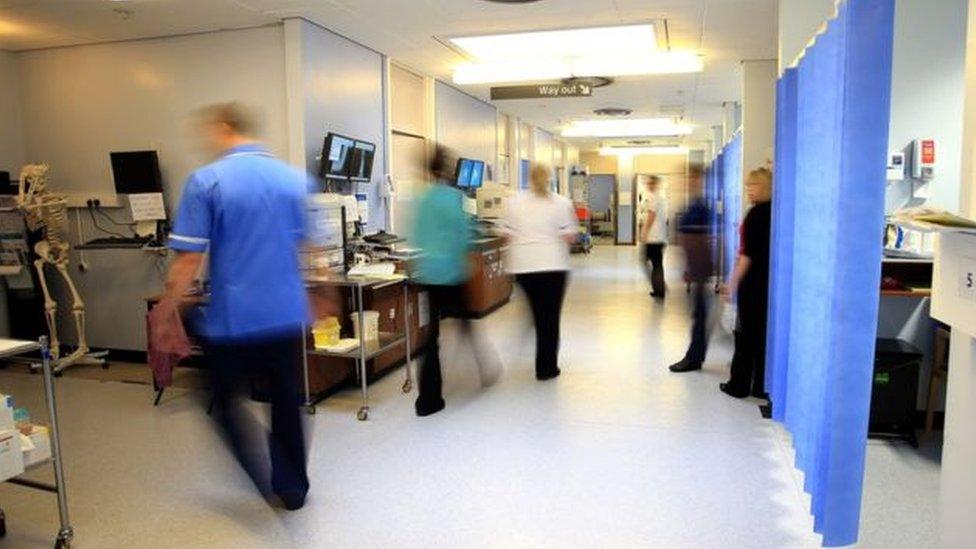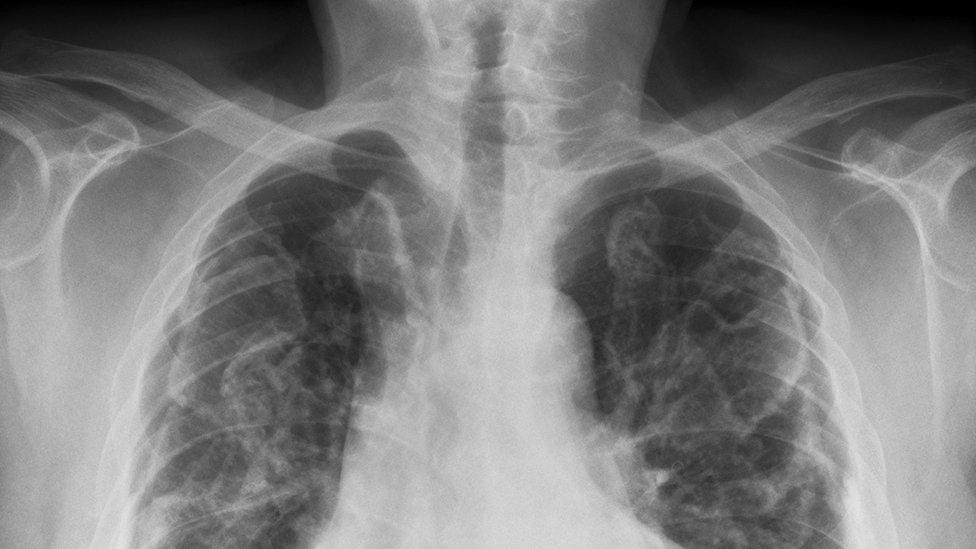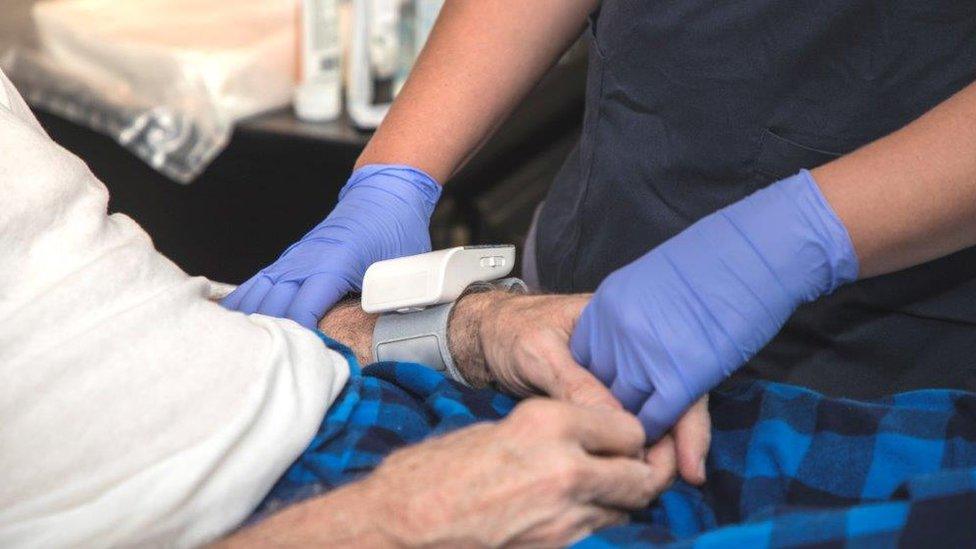'Black box' call for medical devices to detect errors
- Published

Medical devices and computers should have a black box style feature similar to aircraft to investigate whether errors have contributed to patient harm, an IT expert has said.
Currently no data is collected on the links between patient harm and device errors in the NHS.
But computer professor Harold Thimbleby says bugs could be contributing to dozens of patient deaths a year.
The Welsh Government said it was not aware of any evidence to support that.
Prof Thimbleby, a digital health expert from Swansea University, said he had found programming faults with hundreds of medical devices.
The professor, who also works as an expert witness for cases involving medical devices, said research on preventable patient harm in the United States suggested there could be a considerable number of medical errors in Wales attributed to computerised devices.
"Everything with a computer in it can be affected, syringe pumps, ventilators, dialysis machines, MRI scanners or blood glucose metres.
"I've looked at hundreds of medical devices and all of them have got little problems. Clinicians are well trained professional people and they'll overcome most of the problems that come up without even thinking about it.
"Occasionally though, if a lot is going on, the device will do something inappropriate and there could be an avalanche of errors that result in serious patient harm.
"Imagine using an infusion pump to give an injection, and the pump driving the drug into the patient has a computer in it to control it. The nurse might say 10ml per hour, but if there's a bug within the device then it might give 0.1ml per hour or 100ml an hour."
The Public Services Ombudsman's office in Wales, which handles complaints about the health service, said it was unaware of any cases involving bugs in hospital devices.
But Prof Thimbleby said the nature of the bugs could mean they were not picked up, or that clinical staff either blamed themselves, or were accused by others of making mistakes.
He thinks all medical devices with a computer chip should be scrutinised in a similar way to staff, after something goes wrong, saying: "I've experimented on making some equipment 20 to 30 times safer than some of the kit that hospitals are buying.
"Improving computerised devices must be the cheapest way of improving healthcare outcomes and reducing costs - computers are used everywhere."
The Medicines and Healthcare products Regulatory Agency (MRHA) said manufacturers had to ensure devices complied with European directives and carried the CE mark.

When machines go wrong
Consultant anaesthetist Dr Aidan Byrne has encountered bugs with some of the equipment he uses, including problems with a ventilator when he was preparing for an operation involving a child.
He explained: "When I went to the ventilator to turn the oxygen volume down to about 70ml, which is what's required for a child, it wouldn't allow me to turn the volume down below 300ml.
"The machine didn't give me any warning or alarms, or suggest what the problem was, but just wouldn't allow me to set a volume that was appropriate for this small child.
"For the first time ever with the machine, it suddenly would not do what I asked it to do. At that time in the morning I was tired, and you start to worry that something has gone wrong.
"I luckily found an alternative way to use the machine, and I was able to anaesthetise the child successfully and they were fine.
"The problem was that the machine, for one particular reason that day wouldn't do what it was asked, even though I knew it was capable of working that way."

The NHS Wales Shared Services Partnership, which deals with sourcing medical devices, said quality considerations were "paramount" in procuring devices.
A Welsh Government spokesperson said: "Whilst we are not aware of any evidence to support these claims, any safety concerns should be reported immediately so that appropriate action can be taken."
- Published16 January 2018

- Published28 April 2018

- Published7 February 2018
